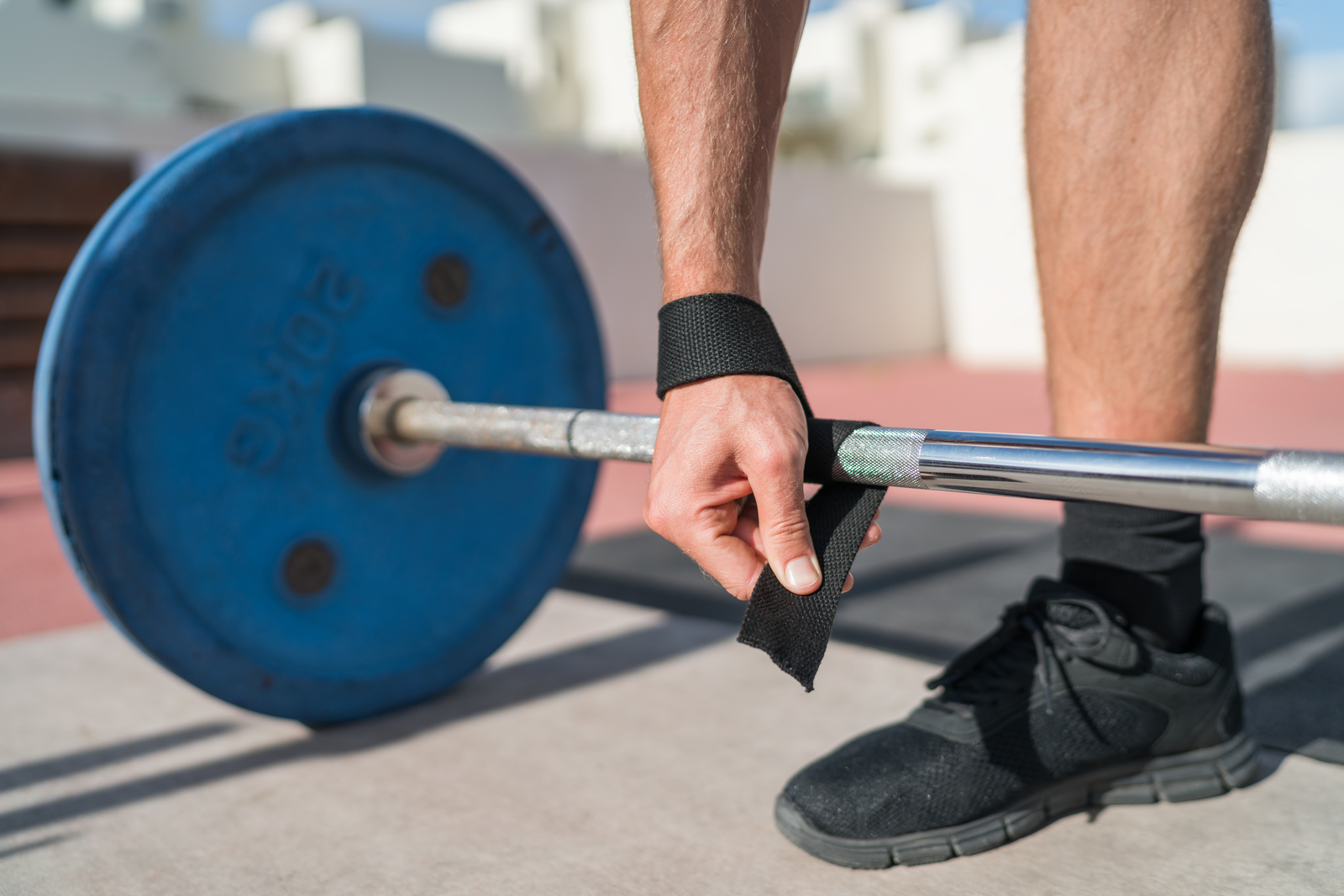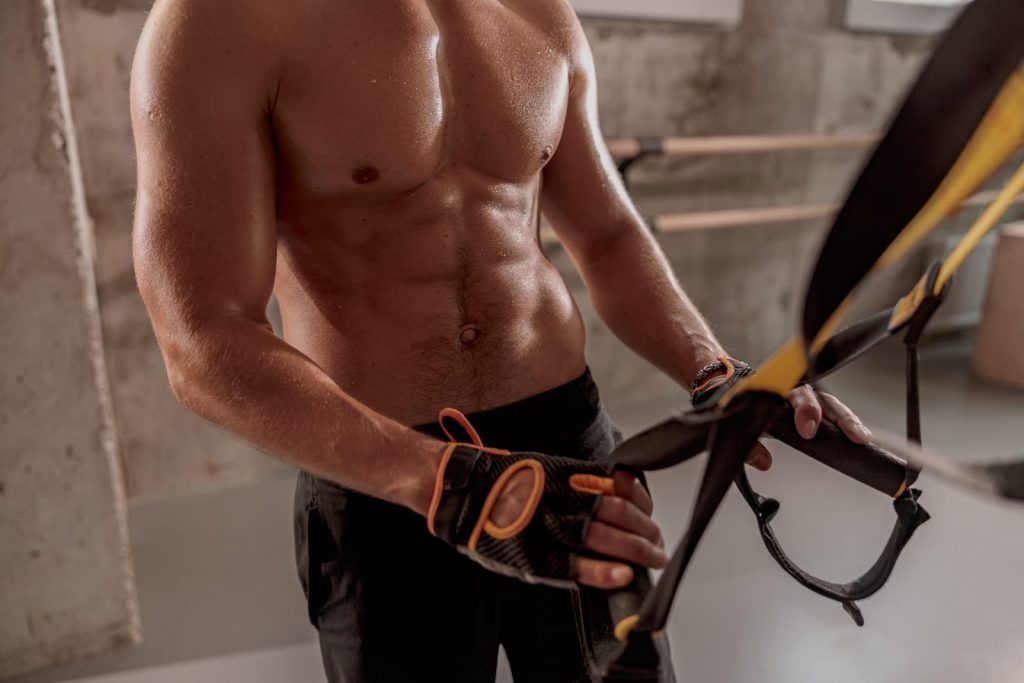
Enhancing Your Gym Routine with Lifting Straps
Lifting straps have been a game-changer for fitness enthusiasts since the early 1900s. These seemingly simple accessories can significantly impact your workout routine, helping you push past plateaus and reach new personal bests. Whether you’re aiming to boost your deadlift or pull-up performance, Lifting Straps Gym provides essential support, allowing you to focus on muscle engagement rather than grip strength. In this post, we’ll delve into the various benefits of using lifting straps in your gym sessions and how they can elevate your overall training experience.
Understanding the Functionality of Lifting Straps
Providing Support
Lifting straps are designed to provide support for gripping heavy weights. When lifting heavy loads, it’s common for the hands to fatigue quickly, limiting the number of reps or causing grip failure. This is where lifting straps come in handy. They act as an extension of your grip, allowing you to lift heavier weights without solely relying on your hand strength.
Lifting straps transfer the load from the hands to the wrists and forearms. By doing so, they reduce the strain on your hands and fingers during exercises such as deadlifts, rows, or pull-ups. This redistribution of weight can prevent premature muscle fatigue in your hands and allow you to focus more on engaging targeted muscle groups rather than worrying about losing your grip.
Maintaining Proper Form
Another key benefit is that lifting straps can aid in maintaining proper form during lifts. As fatigue sets in during a workout session, maintaining a solid grip becomes challenging. This often leads to compromising form or even risking injury due to improper handling of weights. Lifting straps help counteract this issue by providing a secure connection between your hands and the barbell or dumbbells, ensuring that you can maintain proper posture throughout each repetition.
Proper Techniques for Using Lifting Straps
Securely Wrapping the Strap
When using lifting straps, it’s crucial to wrap them securely around the bar or handle. This ensures a firm grip and prevents slipping during heavy lifts. Make sure the strap is not twisted as this can compromise its effectiveness. By keeping it straight, you maintain a secure connection between your hands and the weight.
Lifting straps are especially beneficial for exercises that require a strong grip, such as deadlifts, pull-ups, or shrugs. These exercises put significant strain on your forearms and wrists, which can limit your ability to lift heavier weights. By using straps, you alleviate some of this pressure, allowing you to focus on engaging the targeted muscles without being hindered by grip strength.
Read Also: The Surprising Ways Weight Lifting Straps Improve Your Workout
Exercises Requiring Lifting Straps
Certain exercises specifically benefit from incorporating lifting straps into your routine. For instance, when performing heavy deadlifts, your grip may give out before your back and leg muscles reach fatigue. In such cases, using lifting straps enables you to continue working those larger muscle groups without being limited by forearm strength alone.
Another example is during pull-ups or chin-ups where maintaining a solid grip throughout multiple repetitions can be challenging. The use of lifting straps provides extra support for your hands and allows you to concentrate on pulling yourself up rather than worrying about losing hold of the bar.
Enhancing Grip Strength and Overall Performance
Lifting Heavier Weights
Lifting straps are a game-changer. They enable you to lift heavier weights than your grip strength alone would permit. For instance, if you’re performing deadlifts or pull-ups, the use of straps allows you to focus on engaging the targeted muscles instead of worrying about your grip giving out. This means that you can work towards achieving your strength gains more effectively.
When using lifting straps, the need for an ironclad grip is reduced, allowing you to shift the focus from struggling with holding onto the weight to concentrating on executing each rep with proper form and technique. As a result, this extra support provided by straps can help prevent early fatigue in your hands and wrists, enabling you to push through those last few reps without being hindered by grip weakness.
Overcoming Plateaus in Strength Training with Lifting Straps

Breaking Through Strength Plateaus
Lifting straps play a crucial role in enhancing your gym routine by enabling you to overcome strength plateaus. When you reach a point where your grip strength becomes the limiting factor, lifting straps can step in to help. By using straps, you can lift heavier loads without being held back by your grip strength. This means that you can continue challenging and pushing your muscles beyond their current limits.
Lifting straps are particularly beneficial for exercises like deadlifts and pull-ups, where the demands on grip strength can prevent further progress. For example, if you’ve been stuck at a certain weight for deadlifts due to your grip giving out before your targeted muscle group reaches fatigue, using straps could allow you to add more weight and target those muscles more effectively.
Tool for Progressive Overload
Incorporating straps into your routine provides a tool for progressive overload, which is essential for overcoming plateaus in strength training. Progressive overload involves gradually increasing the stress placed on the body during exercise to continually force it to adapt and grow stronger. Lifting heavier weights is one way of achieving this progressive overload, but when grip limitations hinder this progression, lifting straps become invaluable.
Choosing the Right Lifting Straps for Your Needs
Factors to Consider
When choosing lifting straps, it’s crucial to consider several factors to ensure they enhance your gym routine effectively. First, think about the material of the straps. Different materials offer varying levels of grip and durability, so select one that suits your preferences and needs. Next, pay attention to the width and length of the lifting straps. The width can impact how much surface area is in contact with your skin, affecting comfort and stability during lifts.
Consider matching the type of lifting strap to specific exercises you’ll be using them for. For instance, if you’re focusing on heavy deadlifts or pull-ups, you might opt for a different type compared to someone who primarily performs barbell rows or shrugs. By selecting specialized lifting straps tailored to your workout routines, you can maximize their effectiveness.
Finding Comfortable and Durable Options
Look for durable and comfortable lifting straps that suit your individual needs. Durability ensures that your investment lasts over time without fraying or losing its gripping ability quickly due to wear and tear from regular use at the gym. Prioritize comfort since discomfort during workouts can negatively impact performance.
When selecting straps, keep in mind that what works best for others may not necessarily work best for you due to differences in hand size, strength level, or personal preferences regarding material texture or thickness.
Read Also: When and How to Use Weight Lifting Straps Effectively
Incorporating Lifting Straps into Your Workout Effectively
Selective Use
It’s crucial to use them selectively. This means using lifting straps for exercises where grip becomes a limiting factor. For instance, during heavy lifts like deadlifts or pull-ups, when your grip strength starts to fail before your target muscle group, that’s the ideal time to introduce lifting straps.
Lifting straps should not become a crutch in every workout. Instead of relying on them constantly, gradually incorporate their use as needed. By doing so, you can still develop and maintain natural grip strength while benefiting from the support of the lifting straps when necessary.
Strengthening Exercises
To ensure that incorporating lifting straps doesn’t compromise overall hand strength, it’s essential to combine their use with specific grip-strengthening exercises. These exercises can include farmer’s walks with heavy dumbbells or barbell holds at the end of a workout session.
Closing Thoughts
You’ve now grasped the ins and outs of using lifting straps to take your gym routine to the next level. By understanding their functionality and mastering the proper techniques, you can enhance your grip strength and overall performance, breaking through any plateaus in your strength training journey. Choosing the right lifting straps for gym tailored to your needs and incorporating them effectively into your workout will undoubtedly amplify your results.
So, what are you waiting for? It’s time to put this knowledge into action and elevate your workouts with lifting straps. Get ready to crush your goals and surpass your limits!
